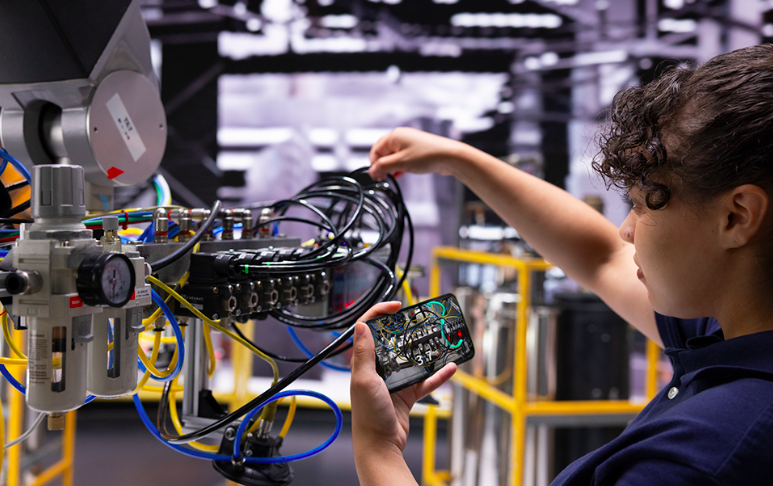Microsoft and OpenAI’s Ambitious Data Center Project and AI Supercomputer: A Game-Changer in the Making.
Microsoft and OpenAI are collaborating on an unprecedented data center project, potentially costing up to $100 billion, aimed at revolutionizing AI capabilities.The centerpiece of this endeavor is an artificial intelligence supercomputer named “Stargate,” slated for launch in 2028, as reported by The Information.
Rapid adoption of generative AI technology has fueled soaring demand for advanced AI data centers capable of handling complex tasks beyond traditional data centers’ capabilities.
The project is anticipated to be financed by Microsoft and could be 100 times costlier than existing data centers, as suggested by insider sources.
The proposed U.S.-based supercomputer is part of a larger series of supercomputers planned over the next six years, signaling a significant leap forward in AI infrastructure.
Altman and Microsoft have outlined the project across five phases, with Stargate being the fifth phase, indicating a strategic long-term vision.
Microsoft is also working on a smaller, fourth-phase supercomputer for OpenAI, expected to launch around 2026, further demonstrating the project’s comprehensive scope.
A substantial portion of the project’s cost for the next two phases involves acquiring AI chips, which are often sold at high prices, such as Nvidia’s “Blackwell” B200 chip priced between $30,000 and $40,000.
Microsoft’s commitment to AI infrastructure is underscored by their announcement of custom-designed computing chips in November of the previous year.The project’s flexibility to work with chips from different suppliers reflects a collaborative approach to foster innovation within the AI chip industry.
While OpenAI did not immediately respond to Reuters’ requests for comment, Microsoft remains tight-lipped about the Stargate supercomputer launch, focusing on continuous infrastructure innovations to advance AI capabilities.
Projected expenses exceeding $115 billion, more than triple Microsoft’s previous year’s capital spending, highlight the magnitude of investment required for this groundbreaking initiative.
Reported by Jyo and edited by Benny





